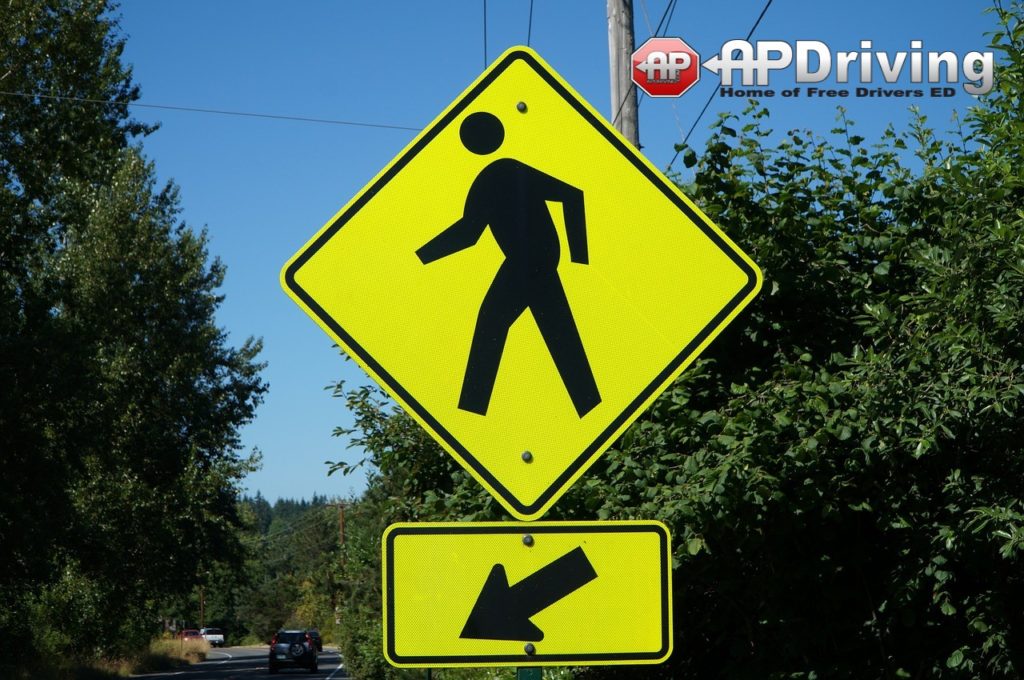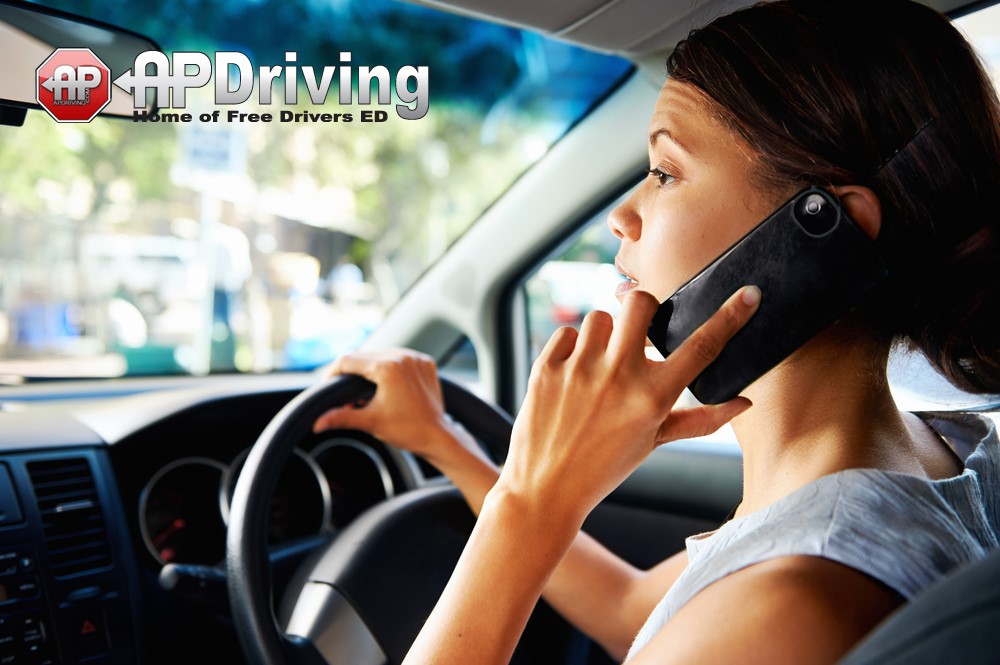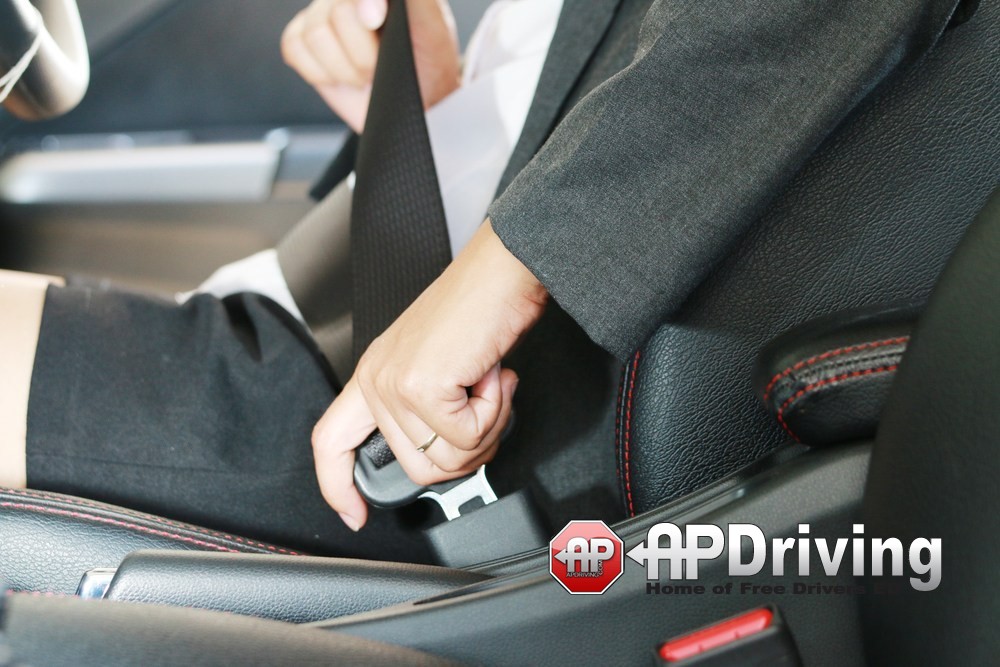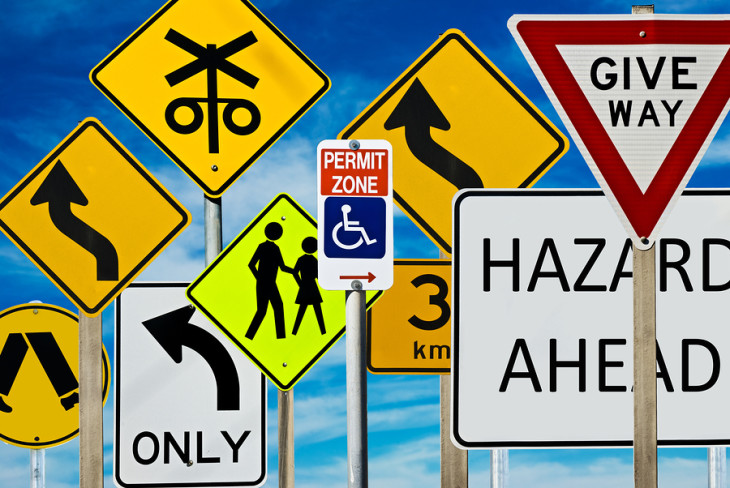Basic Concepts on Defensive Driving
If this is the first time you are hearing about the concept of defensive driving, today is the perfect time to know about it. Defensive driving is one of the most basic things they teach in driving schools. It is the most essential knowledge to have whenever one steps in the vehicle to drive. When choosing to be a defensive driver, it is about protecting and saving lives.
Defensive driving is all about anticipation. It is being aware and alert with what’s going on with your vehicle and all your surroundings. It is about anticipating and preparing yourself with possible dangers on the road. Defensive driving prepares the driver from any dangers on the road.
In sports, the defense is necessary in order to protect yourself and your team from the opponent’s attacks. For driving, you need to protect yourself from crash and collision. You proactively control your actions to ensure that you stay as far away from threats as you possibly can.
In order to grasp the concept better, here are some of the most common concepts of defensive driving. The best scenario would be all drivers out there master defensive driving so roads all around the country will become safer for all commuters.
Know and Follow ALL Traffic Laws and Rules
Traffic laws and rules are not meant to be learned and memorized only so you can pass your driver’s exam and get your license. Each law or rule is created as a guide when you are out on your own every single day. There are so many things to learn and to memorize. If you are driving to a different state or country, it is not unusual that they have another set of road laws that you may not be familiar with. Before driving in a new territory, read up on their local road rules.
Since there are so many road rules and regulations to keep in mind while driving, it is important to focus on them alone. Try to brush off personal woes and tasks whenever you drive as it can leave you distracted. It is critical that you are 100% focused or more when you are driving. Eyes and mind on the road at all times. Being equipped with complete knowledge of road signs and markings, speed limits, rights of way and driving etiquette can keep you away from danger and harm.
Having a Way Out
In defensive driving, one of the most common concepts is to make sure you always have a way out. When driving in a highway, for example, you position yourself in such a way that you can maneuver your vehicle away immediately as soon as an accident happens ahead of you. Usually, defensive drivers do not sandwich themselves between two cars as there is no escape route in this scenario. Defensive drivers also make enough space for their vehicles in approaching road lane mergers. Basically, it requires positioning yourself similar to having a safety bubble from all other road elements.
Whenever on the road, defensive drivers always prepare their way out. They plan their movements and anticipate the worst-case scenario. As they say, safety should be of utmost priority as preparedness, in this case, can literally, save the lives of many.
Let Others on the Road See You
Whenever there are road mishaps, you’d often hear drivers say that they didn’t see the other car coming. So many road collisions happen because a driver failed to see an approaching vehicle or a vehicle nearby. Defensive driving would require you to make your presence felt out there. In short, you need to be seen and heard by surrounding vehicles. Having proper tail and headlights and utilizing them is one of the best ways to announce you are incoming. Your car honk is there to catch the immediate attention of other cars.
You’d be surprised that letting others see you on the road is as challenging during the daytime as it is in the dark. At night, car lights are brighter and easier to see but during the day, drivers tend to take the sunlight for granted. In order to let nearby cars know you are there, use your signal lights. You can bring down your windows and gesture to other cars if needed. Check your blind spot before decisions such as changing lanes or merging. If you need to get past a blind spot, do not linger too long in that area. Do not also stay at the blind spot of another driver.
It is safe to assume that not everyone there is as knowledgeable as you when it comes to driving and road safety. You cannot find out for certain how surrounding cars will react at any given time but you can learn to anticipate their actions.
Keep Distance at All Times
Keeping a safe distance does not only mean you should keep away from any large vehicle or truck. Defensive driving calls for keeping a certain distance between you and any vehicle out there to ensure your safety. Defensive driving teaches you the concept of the 3-second rule or keeping 3 seconds away from the vehicle in front of you. Add another second if you are driving in bad weather or if you are trailing a large truck.
The best way to measure the 3 seconds is if you can look at the car in front of you and looking at a point that he just drove past by. Count how long it took for you to reach the same point. Keeping it 3 seconds is the safest but if you are under 3 seconds, slow down.
Remove All Distractions
There are a hundred ways for a driver to be distracted, especially when traffic and the long drive becomes boring. Safety starts the moment the driver decides that there should be zero distractions as soon as the engine vehicle starts. It is a surprising trivia that a sleepy driver out there is as dangerous as a drunk driver. Do not attempt to drive when you are not well-rested. If you are in the middle of traveling and your eyes start to droop, pull over at the nearest stop so you can stretch or better yet, take a nap. Ensure that you are also careful with medicine intake as some drugs can also make you sleepy and unfit to drive.
The mobile phone is one of the top causes of distractions on the road. Texting, calling, or checking a social media notification can result in an accident in a matter of seconds. Commit to keeping your mobile phone inside your bag or inside your compartment to avoid temptations. If you have a music player, set up the playlist before you drive. Same also when it comes to any driving or traffic-related phone applications. If you need directions, set it up before you start your vehicle.
Other forms of distractions include food, putting on makeup, and taking a sip from your drink. These things can wait so drivers should discipline themselves to focus on nothing else but the road.
Utilize Your Car’s Safety Tools
One of the most brilliant tools in driving is your car’s mirrors. Mirrors are one of the best things that can help you be aware of your surroundings. Before going out, check to see if your mirrors are positioned perfectly. Adjust it as it needs to be at a perfect angle from your viewpoint. As you are seated, glance at your side and rear mirrors a couple of times before starting your vehicle to ensure that you are all set.
Seatbelts are necessary for the driver and all the passengers. As a driver, make it a requirement that all your passengers can ride with you only if they agree to wear their seatbelts. Ensure that children’s car seats also pass the standards of road safety.
Do not forget that having a well-conditioned vehicle is also a key part of defensive driving. It is a safety necessity that you operate your vehicle that is at top shape. Losing your brakes in the middle of driving or halting because of a car breakdown in the middle of nowhere is unsafe so it is best to have regular vehicle maintenance.
Your Attitude Matters
If you aim to become a good defensive driver, you need to possess qualities that will help you avoid any road altercations. One of the best and most important qualities is patience and respect towards other drivers. You also need to be considerate and cautious about your actions on the road. More importantly, you need to show cooperation and respect. Whenever there is an aggressive driver, learn to let go and give way. Even if faced with a rude and disrespectful driver, learn to take the high road and choose to ignore. Remember, the goal of driving is to go from point A to point B as safely as possible. Do not let angry heads get in the way of your driving goal – to reach your destination safe and sound.








 You Will Ask Many Questions
You Will Ask Many Questions